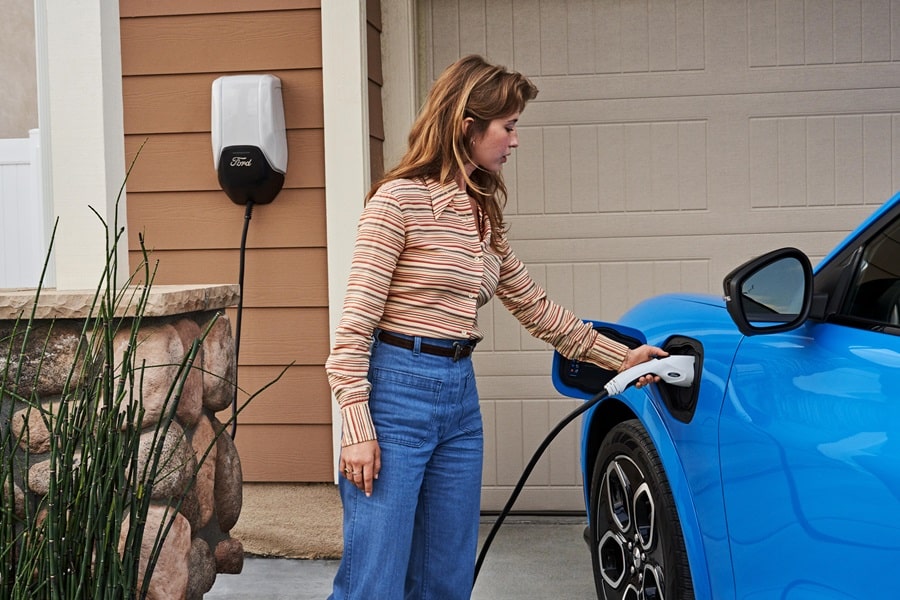Boosting your vehicle’s gas mileage may initially seem complex, but you’ll be surprised at how straightforward it can be. Small adjustments to your driving habits and regular vehicle maintenance can drastically improve fuel efficiency. Not only do these techniques save money, but they also contribute significantly to reducing your environmental footprint. This comprehensive article offers further information for those interested in an in-depth exploration of fuel efficiency strategies.
Contents
Keep Tires Inflated

Tire pressure plays a pivotal role in your vehicle’s overall performance and fuel efficiency. When tires are underinflated, they create more resistance or ‘drag’ on the road surface, which requires the engine to work harder and subsequently consumes more fuel. The optimum tire pressure varies from vehicle to vehicle, but it is usually specified in the owner’s manual or on a sticker placed within the door frame. Keeping your tires inflated to this ideal pressure ensures that your vehicle moves smoothly and efficiently, consuming the least as possible.
In addition, maintaining the correct tire pressure is essential for prolonging the life of your tires. Underinflated tires can lead to uneven tire wear, causing the tires to need replacement more frequently. This wear can further compromise the car’s handling and overall safety. Therefore, regularly checking your tire pressure improves fuel efficiency and saves you from more frequent and costly tire replacements in the future.
Avoid Idling

Idle time is the silent fuel consumer that many of us overlook. It’s tempting to keep the engine running while waiting to pick someone up or sitting in a drive-through. However, idling for prolonged periods can substantially impact your vehicle’s fuel efficiency. An idling engine still uses fuel, albeit less than when driving, but it gets zero miles per gallon during this time, significantly affecting overall fuel economy.
It may seem necessary to warm up the car engine in cold climates by idling it before driving. However, modern vehicles are designed to warm up quickly while driving, and excessive idling in cold weather can harm the engine components. Instead, limit the warm-up period to a minute or two, then drive gently to warm the engine up efficiently without wasting fuel. Additionally, if the climate inside the car is uncomfortable during longer idling periods, consider auxiliary heaters or fans to keep the interior temperature stable without the need for the engine to be running.
Avoid Unnecessary Braking
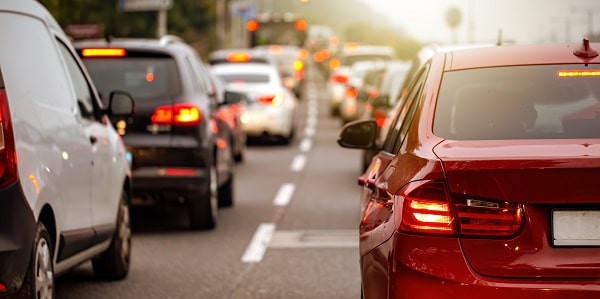
Driving style significantly affects fuel consumption, and one common practice that reduces fuel efficiency is unnecessary or abrupt braking. Each time you hit the brakes, you waste energy to get the car moving. Therefore, frequent braking means your vehicle consumes more energy and fuel to regain the lost momentum.
Smooth, predictive driving, on the other hand, can help maintain fuel efficiency. If you see a red light or traffic ahead, ease off the accelerator and let your vehicle coast. This gradual slowdown reduces the need for harsh braking and utilizes the car’s existing momentum, requiring less energy to accelerate again. Mastering this technique can significantly decrease fuel consumption, particularly in city driving scenarios where stop-and-go traffic is common.
Plan Ahead

Strategic planning before a journey can significantly contribute to fuel savings. Before a long trip, fill your tank well in advance. Last-minute trips to the gas station can often lead to rushed decisions, causing you to opt for more expensive fuel or pay more at a higher-priced station.
Besides pre-filling your tank, planning your route can also significantly affect fuel consumption. With the advent of GPS and mapping tools, it’s easy to identify the shortest, most efficient routes, avoiding unnecessary mileage. Additionally, you can schedule errands in a single trip rather than making multiple short journeys, as engines are most fuel-efficient when they’re warm. By combining tasks into one journey, you’ll utilize the engine’s optimum operating temperature for most of your drive, significantly reducing fuel consumption.
Drive Safely

Safe and responsible driving is another effective way to improve gas mileage. Aggressive driving behaviors like speeding, rapid acceleration, and harsh braking can significantly reduce fuel economy. In contrast, adopting a smoother, more controlled driving style ensures your vehicle operates efficiently. This approach can increase fuel economy by up to 40% in stop-and-go traffic and up to 30% at highway speeds.
Additionally, remember that excess weight can hamper your vehicle’s fuel efficiency. The more weight your vehicle carries, the harder the engine has to work to move it. Therefore, remove unnecessary items from your trunk or roof rack when they’re not needed. You’re adopting a two-fold approach to enhancing fuel efficiency by driving safely and minimizing your vehicle’s weight.
Shift Gears Efficiently
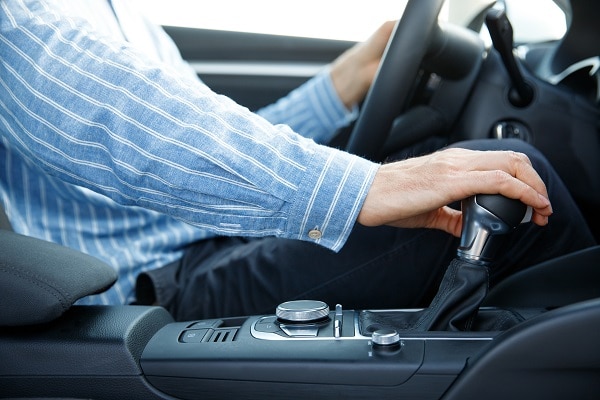
Shifting gears efficiently can improve your gas mileage if you drive a manual transmission vehicle. When accelerating, shifting up early is more fuel-efficient, keeping the engine’s RPM low. Conversely, when slowing down, downshifting late allows you to utilize engine braking, reducing wear on your brakes and saving fuel.
For automatic transmission vehicles, efficient gear shifting involves smoothly applying and releasing the accelerator, allowing the transmission to shift up into higher gears as soon as possible. Avoiding hard accelerations will prevent the transmission from shifting down unnecessarily, which consumes more fuel. Understanding how your gear shifts affect fuel consumption can significantly increase your vehicle’s fuel efficiency, whether you drive manually or automatically.
Avoid A/C
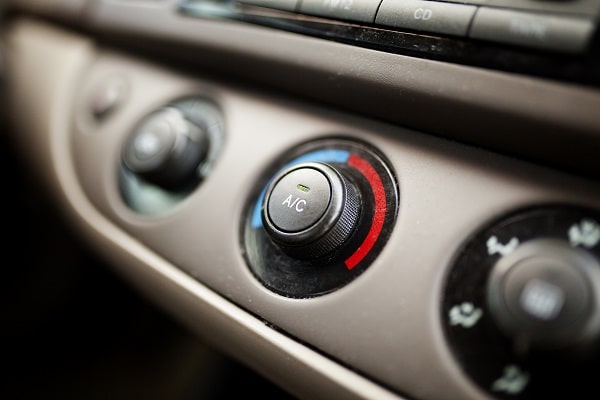
Air conditioning is another significant factor that affects your vehicle’s fuel economy. Running the A/C increases the engine’s workload, leading to higher fuel consumption. During milder weather, consider using your vehicle’s ventilation system or simply opening a window to cool down the interior instead of using the A/C.
However, open windows at highway speeds increase aerodynamic drag, which could result in more fuel consumption than using the A/C. In such situations, using the car’s A/C is more fuel-efficient. Striking the right balance and understanding when to use the A/C or open the windows can lead to significant fuel savings over time.
Use Cruise Control
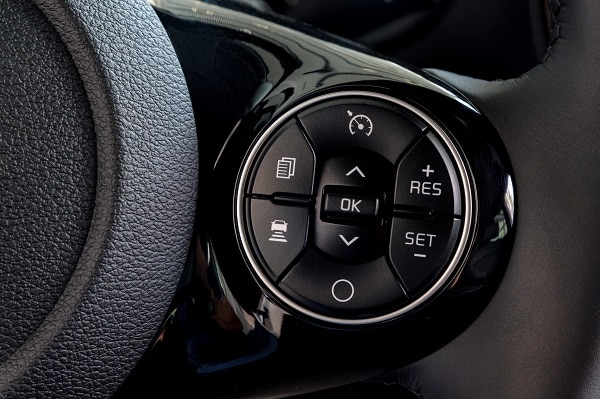
Cruise control can be a valuable tool for improving gas mileage, especially on long highway drives. It maintains your vehicle at a constant speed, eliminating the fuel-consuming accelerations and decelerations that occur when manually controlling the vehicle’s speed. This feature can increase fuel economy by up to 14% in highway driving conditions.
However, cruise control isn’t always the best option. In heavy traffic or on hilly terrain, it can lead to more fuel consumption as it attempts to maintain the set speed. Thus, while it’s useful, it’s important to use cruise control judiciously and in the right conditions for the best fuel economy.
Conclusion
In conclusion, enhancing your car’s fuel efficiency isn’t daunting; it merely requires strategic planning, efficient driving habits, and proper vehicle maintenance. Implementing simple adjustments like efficient gear shifting, judicious use of A/C, and minimal idling can lead to noticeable savings on fuel costs. You’re minimizing your expenses and contributing to a greener and more sustainable environment.


